Yes, I appreciate Flickr. After all, it allows me to store my photos online, share them with others, and display them on my website. Yay. Thanks for that. Still, it frustrates me daily. Here's why:
Sequence of photo display is set in stone
If I drag a dozen pictures into the Flickr Uploadr, God only knows the order in which they'll appear on the site. But I care about the order in which they appear on the site, because the LAST photo uploaded ends up being at the top of my Flickr homepage, and in that position of prominence it says something about me. It annoys me that I can't control this more.1
Little control over homepage layout; no way to make stuff sticky
So, if I can't control the order of uploading, can I control what's displayed on my Flickr page? No. Can I make a set sticky, so that it stays at the top of the list? No. Can I display only sets? No. Of course, Flickr has introduced new layouts, but all of them are simply ways of arranging the most recent stuff. Not helpful to me.
No concept of new-to-a-user
I'm thinking of my grandparents here. Wouldn't it be nice if a meta-set (or something) was created of stuff that's new to the viewer? I could just create a bookmark here, and they could check for new stuff.
Tagging is a royal nightmare.
Maybe no one has totally solved this yet, but here's something that would work for me: I usually upload multiple related pictures at a time, and these pictures tend to share a lot of the same tags. So I'd like to create small groups of tags for a groups of pictures, and then quickly drag and drop, or multi-select and apply, a tag to a subset of those pictures. del.icio.us's tagging interface is rudimentary, but it's vastly more helpful than Flickr's:
The navigation confuses everyone except geeks and experts
Collections? Sets? Archives? What's the diff? As my mom once asked me, "Where are the albums?" At the risk of sounding irretrievably old-school, this particular set of grouping concepts is a frustration to cognition. (Also, if the distinction is made in this navigation area, why aren't the things (sets) in the right column labeled as such?)
No record of blogged pictures?
When I create a blog entry from a picture, why isn't there some kind of record that the image has been blogged? A link? This just seems so basic to me. 1 Interesting side note: I bumped into some Flickr people at CHI, and I asked them about this. Their rationale: The photostream is what Flickr is all about, and the strictness of the sequence is a useful governing principle. Umm, yeah. Flickr people may think of uploading as a continual stream, but I upload photos in clumps — I don't always think about my photos in the terms of the last photo uploaded, I often think in terms of the last group. I feel like I should have control over the way those clumps are displayed. If you force me to always show the most recently uploaded individual photo, shouldn't you also give me some control over the order of upload in your Uploadr?
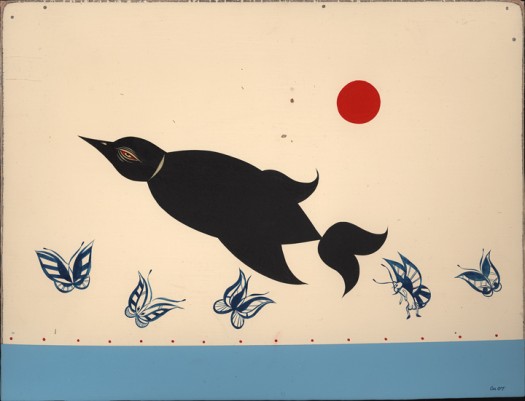 I call this one "It's Hard Out Here For a Penguin."
I call this one "It's Hard Out Here For a Penguin."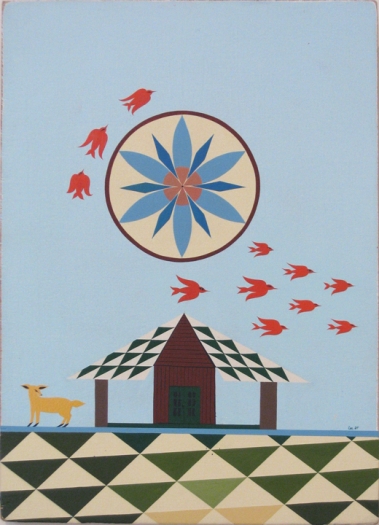 I think this one is untitled, but it should be called "Untitleable."
I think this one is untitled, but it should be called "Untitleable."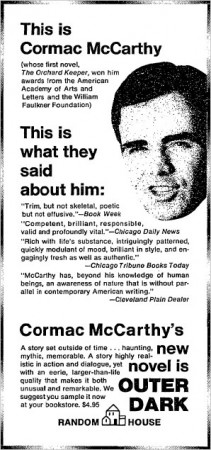

 This is a photomontage by a Polish artist named Janusz Maria Brzeski. It's called Twentieth-Century Idyll, but the name of the series is even better: A Robot Is Born. Photo:
This is a photomontage by a Polish artist named Janusz Maria Brzeski. It's called Twentieth-Century Idyll, but the name of the series is even better: A Robot Is Born. Photo: 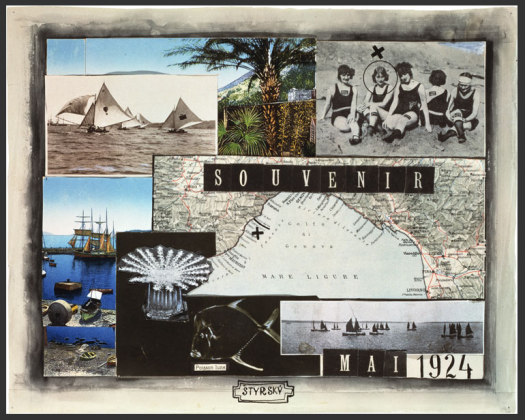 Another photomontage, this one by Jindrich Strysky, a Czech artist. Photo:
Another photomontage, this one by Jindrich Strysky, a Czech artist. Photo: 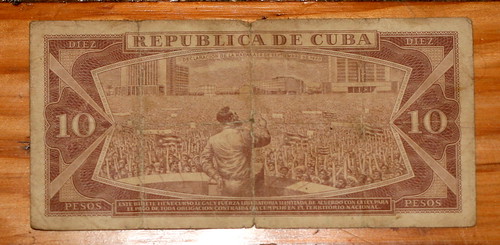



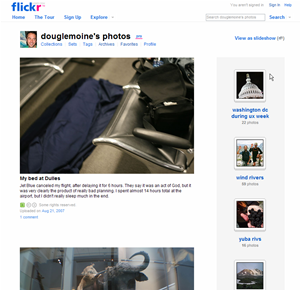
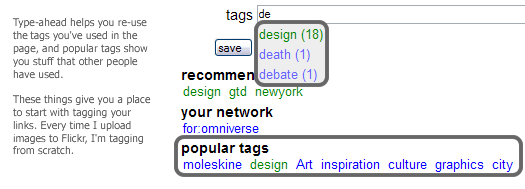

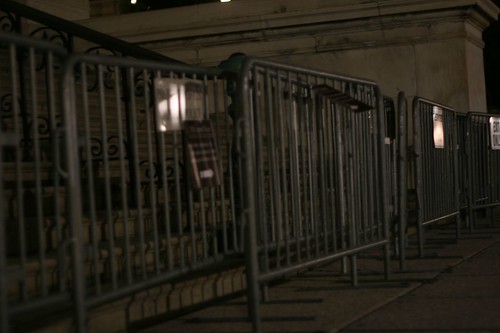
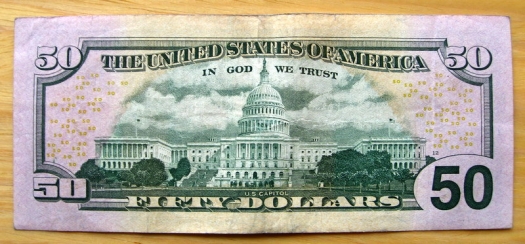
 The UX Week program with my
The UX Week program with my